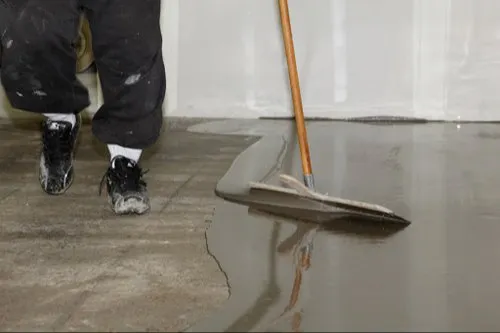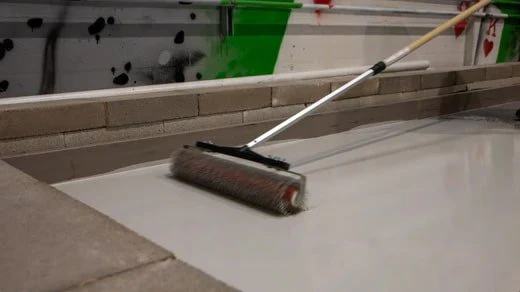What if you were walking on a floor that was so smooth, and even it felt like magic? That’s where self levelling screed plays a crucial role. It is a unique material used to make floors flat and smooth, like pouring liquid that magically turns solid. These screeds help in fixing uneven spots in floors, which makes them perfect for walking, playing, and even without any bumps. Let’s check out the essential key factors to take into consideration!
Critical Factors for Perfect Self-Leveling Screed Floors
· Surface Preparation
Surface preparation is crucial for a flawless screed floor. The existing surface must be clean and free of dust, debris, and contaminants. Any cracks or uneven areas should be repaired or filled before applying the screed. With the help of the proper surface, preparation ensures good adhesion and prevents issues like delaminating or uneven drying, leading to a smooth and durable floor.
· Mixing and Application Consistency
The consistency of these screed mixtures is critical. It should be mixed according to manufacturer specifications, which ensure uniformity in composition and viscosity. Proper mixing prevents segregation and ensures the screed flows evenly across the floor surface during application. This consistency is critical to achieving a level finish without bumps or variations in thickness.

· Application Technique
Also, the application technique determines how well these screeds settle and level themselves. They should be poured evenly and spread using suitable tools to maintain uniform thickness. Careful application helps avoid air bubbles or uneven distribution, which ensures a smooth and level surface once the screed sets.
· Curing Conditions
Proper curing conditions are essential for these screeds to achieve their full strength and durability. The curing time and environmental conditions, such as temperature and humidity specified by the manufacturer, should be followed strictly. This allows the screed to dry evenly and prevents cracking or shrinkage, ensuring a stable and long-lasting floor surface.
· Thickness and Coverage
The thickness and coverage of these screed layers across the entire floor area are critical factors. The screed thickness should meet the project requirements and specifications to provide adequate leveling and structural integrity. Proper coverage ensures that the floor surface is entirely covered with screed, eliminating any patches or uneven spots that could affect the final finish.
· Quality of Materials
High-quality materials, including the self-leveling screeds and any additives or primers, are essential for achieving perfect floors. Quality materials contribute to better flow properties, adhesion, and overall performance of the screed. They also ensure compatibility with the substrate and enhance the durability and aesthetic appeal of the finished floor.
By focusing on these key factors—surface preparation, mixing consistency, application technique, curing conditions, thickness and coverage, and quality of materials—you can achieve impeccable self-leveling screed floors that are smooth, level, and long-lasting, suitable for various residential, commercial, and industrial applications.
Conclusion
Now you know why a selflevelling screed is so cool! It makes floors flat and smooth, fixing any bumps or uneven parts. Next time you walk on a soft floor, think about the magic of self-leveling screed that made it that way.
Learning about how things like this work helps us appreciate the clever ways we improve and make our surroundings more comfortable.
